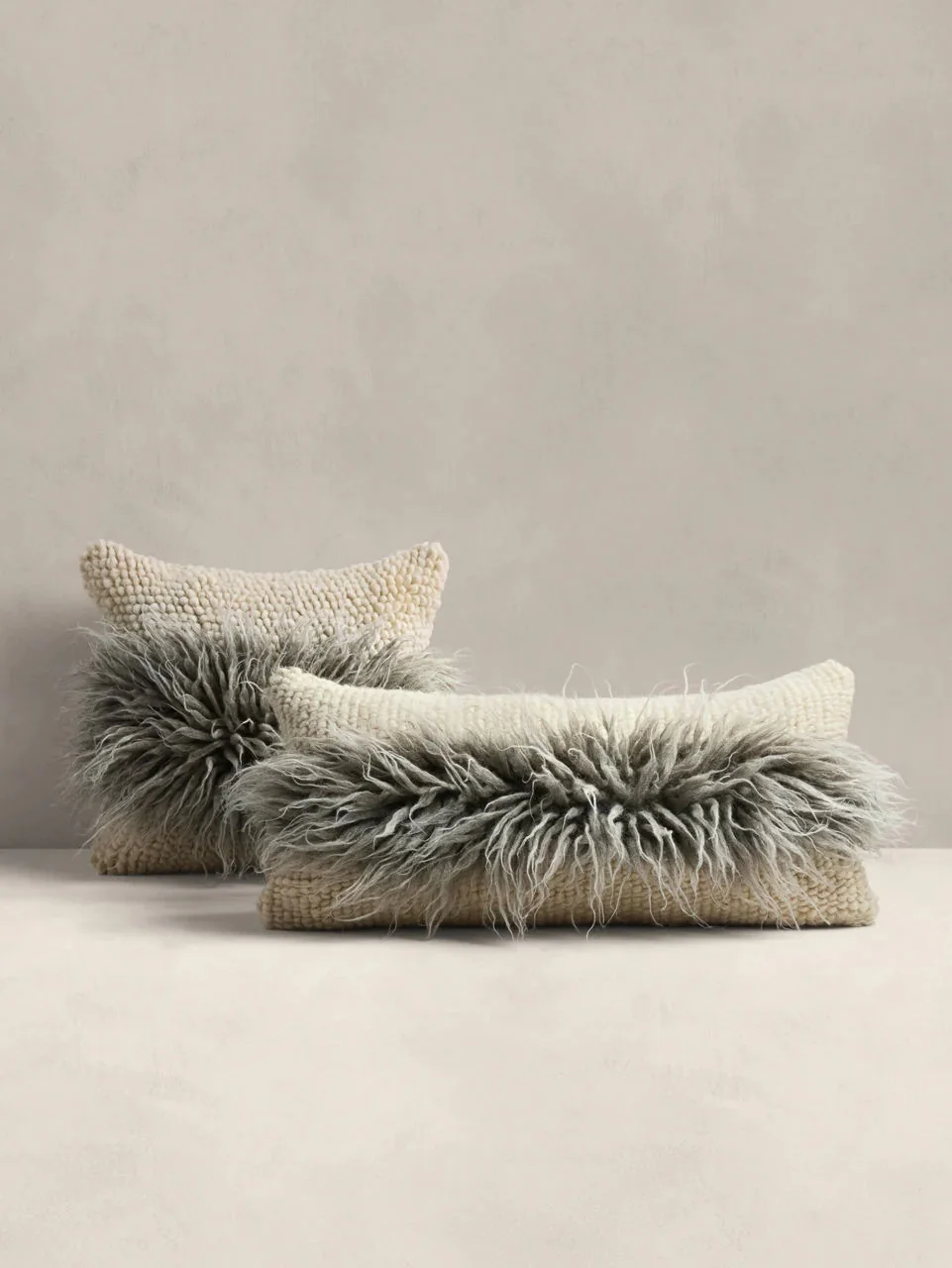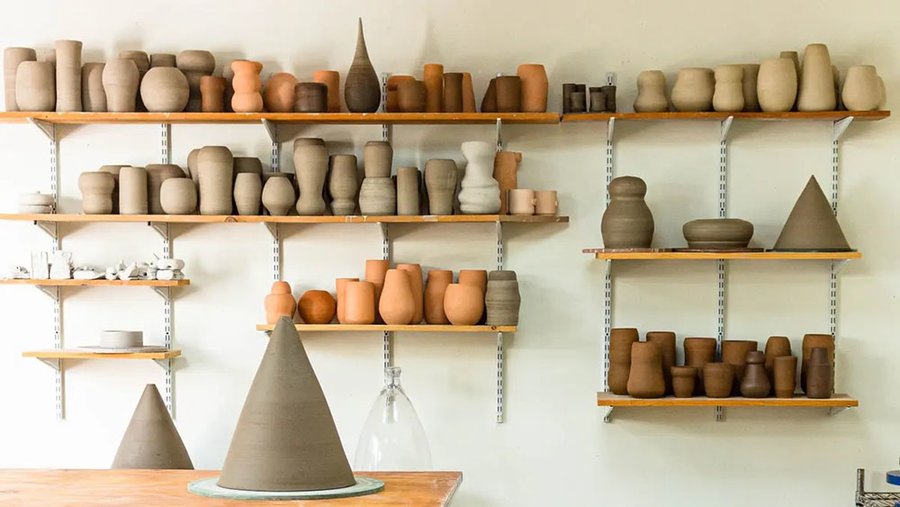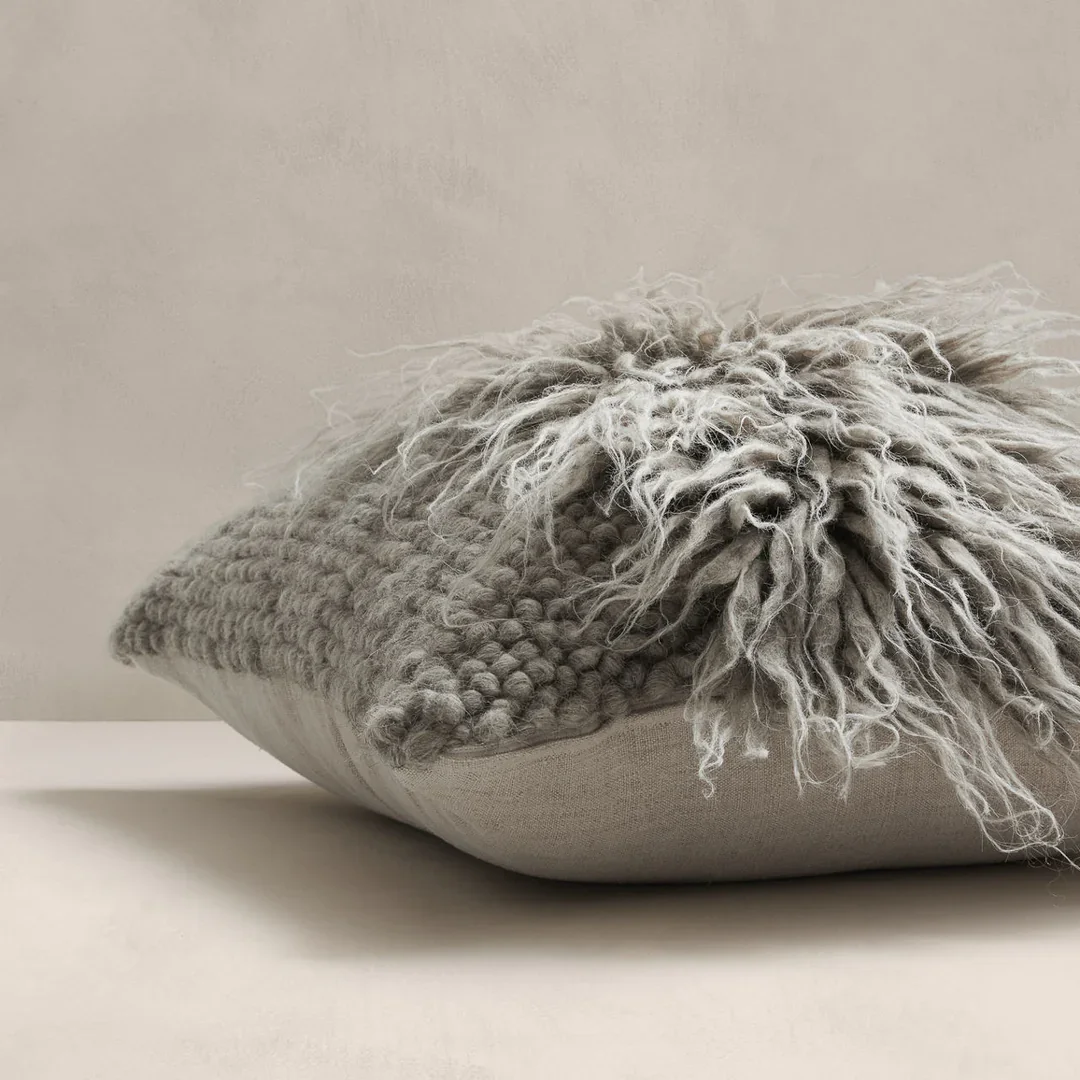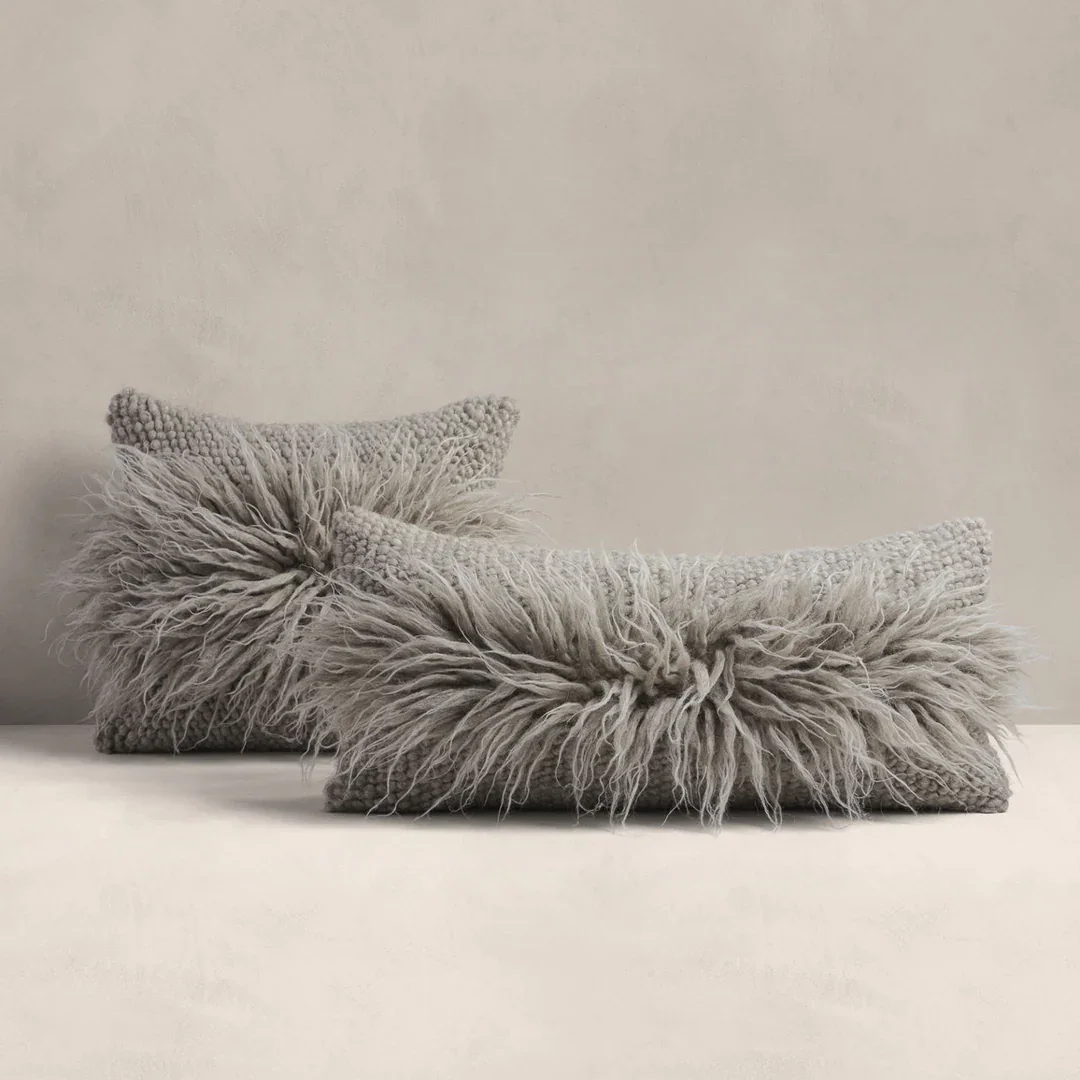PBP Insights
Sustainable production emerges from the darkness of a war-torn Ukraine to the shelves of Banana Republic Home.
Alison Philips, Co - Founder Powered by People



In the fall of 2022, Banana Republic Home was deep in development of its debut collection. Powered by People had already been helping to source unique and sustainable products from far-reaching parts of the world when the Banana team shared a reference photograph of a blanket that piqued their interest. We immediately recognized the origins of the combed-wool textile as a traditional Ukranian lizhnyk—commonly used as a bed blanket or a rug. It raised a unique challenge for our burgeoning partnership. Sourcing responsibly-made, artisanal goods from halfway around the world is never easy; doing so during an intense war is another obstacle entirely.
Powered by People provides a platform that promotes sustainable production and innovation, while preserving authentic cultural heritage and identity. When it came to sourcing genuine lizhnyks, our research led us to Gushka—a weaving group in Ukraine’s Carpathian mountains whose mission jibes with ours. It works to revive and modernize the traditional craft of its region, while creating sustainable livelihoods for local artisans. Gushka’s lizhnyks are true farm-to-blanket. The undyed wool of local sheep is spun and woven by hand on traditional looms, carried up the mountain to the river where the blankets are washed to remove lanolin and hung to dry in the sun before being combed out by hand.

Ginger and marigold jellies in a serving vessel by Fefo Studio.
Married couple Daryna and Oleh Furmaniuk launched Gushka in 2018, and over the last two years, the founders and their team have persevered as Russian attacks have impinged on critical infrastructure. Damage to its power grid interrupted communications and triggered rolling blackouts, which meant weavers would work as soon as the sun rose, sending videos of progress lit by single shafts of light. It also meant Oleh, a craftsman turned soldier, was deployed to the frontlines.
To help facilitate the partnership between BR Home and Gushka, the PBP team served as a bridge, providing design drawings to Gushka, reviewing samples, monitoring the just right level of whiteness of the wool, and determining the exact degree of combing. PBP also provided purchase-order financing to support Gushka’s cost of production, and it shared storytelling content along the way.

Not that there weren’t some hiccups. Some folks wondered (understandably) whether sourcing handmade products from a war-torn region would even be possible. And there was the challenge of integrating the shipping and scheduling idiosyncrasies of a small-batch producer with the large-scale systems and ops of a corporation like Gap Inc.
Finally, there was the issue of verification. How could we confidently verify that Gushka was a sustainable producer of responsibly-made goods? To do so, we deployed our global network. We checked in with our sustainability due-diligence partner, Equiception for guidance. And then we partnered with the International Organization for Migration (IOM)—part of the United Nations—which had members on the ground in Kyiv. They were able to dispatch an inspector to the Carpathian mountains to conduct an in-person compliance audit of Gushka’s production facility. Once that was complete, we worked with a band of logistics partners to move the lizhnyk blankets through Ukraine into Poland and then onwards towards America.
This past September, on Labor Day, Banana Republic Home officially launched its collection of custom-designed liznyks and pillows by Gushka. It seemed fitting to celebrate this partnership on a day devoted to the achievement of workers around the world, and in support of better working conditions and living wages. One can argue that it takes a global village to drive systemic change. And sometimes it’s something as elemental as a simple, hand-woven blanket that can spark that change.
